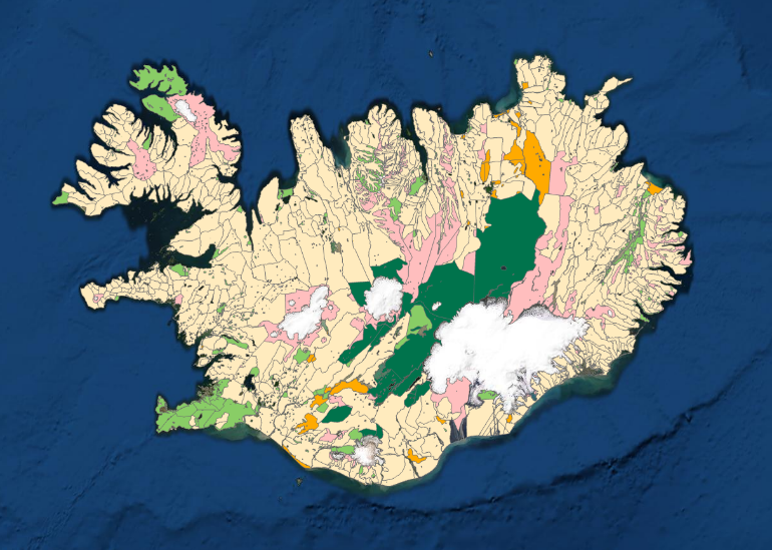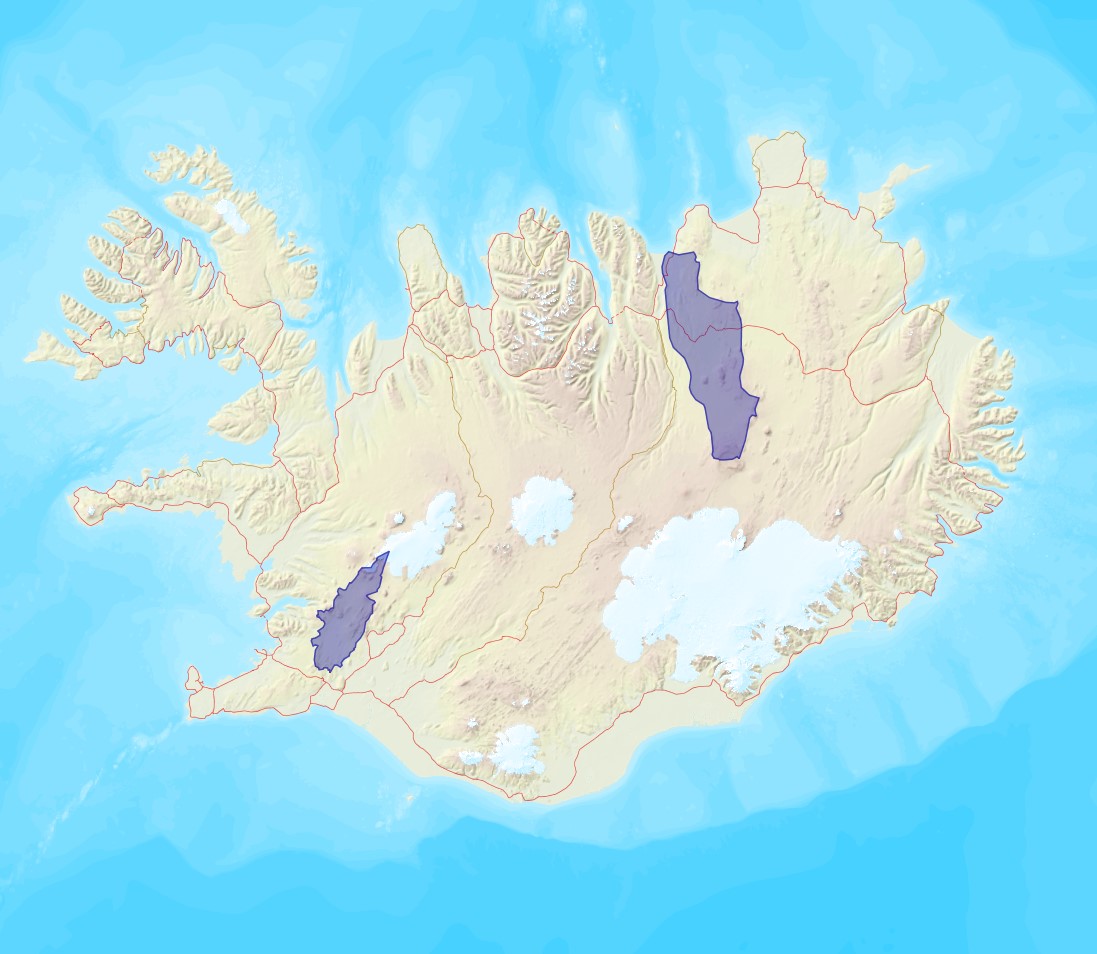environment
Type of resources
Available actions
Topics
INSPIRE themes
Keywords
Contact for the resource
Provided by
Years
Formats
Representation types
Update frequencies
status
Scale
-

Gögnin sýna svæði þar sem refaveiði er óheimil allt árið um kring.
-

Kortlagning beitarlanda sauðfjár á Íslandi. Landupplýsingaþekjan fyrir beitarlönd sauðfjár er á vektorformi. Nákvæmni gagna miðast við mælikvarða 1:100.000. Frekari upplýsingar um aðferðafræðina á bak við kortlagningu beitarlanda sauðfjár má sjá í ritinu: : Jóhann Helgi Stefánsson, Sigríður Þorvaldsdóttir, Iðunn Hauksdóttir, Elín Fjóla Þórarinsdóttir, Bryndís Marteinsdóttir og Sigmundur Helgi Brink, 2020. Kortlagning beitarlanda sauðfjár á Íslandi. Rit Landgræðslunnar nr. 4. Gunnarsholt, Ísland. https://grolind.is/wp-content/uploads/2020/06/Kortlagning-beitilanda-2020.pdf Landgræðslan og Skógræktin voru sameinaðar 1. janúar 2024 og ber stofnunin heitið Land og skógur.
-

Umhverfisstofnun skal halda skrá yfir svæði þar sem er mengaður jarðvegur eða þar sem grunur er um mengun. Þar skulu koma fram upplýsingar um staðsetningu, stærð, tegund mengunar og ástæðu þess að svæði er mengað eða grunum leikur á mengun.
-

Íslandi er skipt upp í loftgæðasvæði og bera heilbrigðiseftirlit viðkomandi svæða ábyrgð á því að ekki sé farið yfir mörk þar, og áætlunum um hvernig bregðast á við ef farið er yfir mörk.
-

Corine Land Cover (CLC) 2012 and CLC change 2006-2012 are two of the datasets produced within the frame of the Initial Operations of the Copernicus programme (the European Earth monitoring programme previously known as GMES) on land monitoring. Corine Land Cover (CLC) provides consistent information on land cover and land cover changes across Europe. This inventory was initiated in 1985 (reference year 1990) and established a time series of land cover information with updates in 2000, 2006 and 2012 being the last one. CLC products are based on photointerpretation of satellite images by national teams of participating countries - the EEA member and cooperating countries – following a standard methodology and nomenclature with the following base parameters: 44 classes in the hierarchical three level Corine nomenclature; minimum mapping unit (MMU) for status layers is 25 hectares; minimum width of linear elements is 100 metres; minimum mapping unit (MMU) for Land Cover Changes (LCC) for the change layers is 5 hectares. The resulting national land cover inventories are further integrated into a seamless land cover map of Europe.Land cover and land use (LCLU) information is important not only for land change research, but also more broadly for the monitoring of environmental change, policy support, the creation of environmental indicators and reporting. CLC datasets provide important datasets supporting the implementation of key priority areas of the Environment Action Programmes of the European Union as protecting ecosystems, halting the loss of biological diversity, tracking the impacts of climate change, assessing developments in agriculture and implementing the EU Water Framework Directive, among others.More about the Corine Land Cover (CLC) and Copernicus land monitoring data in general can be found at http://land.copernicus.eu/.
-

Náttúruminjaskrá er listi yfir öll friðlýst svæði á Íslandi og mörg önnur merkileg svæði sem hafa ekki enn verið friðlýst. Umhverfisstofnun skal í samráði við Náttúrufræðistofnun Íslands og hlutaðeigandi náttúrustofur og náttúruverndarnefndir sjá um undirbúning og öflun gagna vegna viðbóta við náttúruminjaskrá og heildarútgáfu hennar. Nýjasta náttúruminjaskrá er frá árinu 1996 og er skrá yfir náttúruminjar sem ástæða þykir til að friða. Afmörkun svæðanna eru birt með fyrivörum um ónákvæmni og villur en þær voru árið 2006. Orðalag náttúruminjaskrár gildir.
-

Vinsamlega hafið samband við Umhverfisstofnun vegna nánari upplýsinga.
-

Gögnin sýna eldri mörk veiðisvæða á Íslandi. Vinsamlegast hafið sambandi við Umhverfisstofnun fyrir nánari upplýsingar.
-

Vinsamlega hafið samband við Umhverfisstofnun vegna nánari upplýsinga.
-

Vinsamlega hafið samband við Umhverfisstofnun vegna nánari upplýsinga.
 Lýsigagnagátt
Lýsigagnagátt